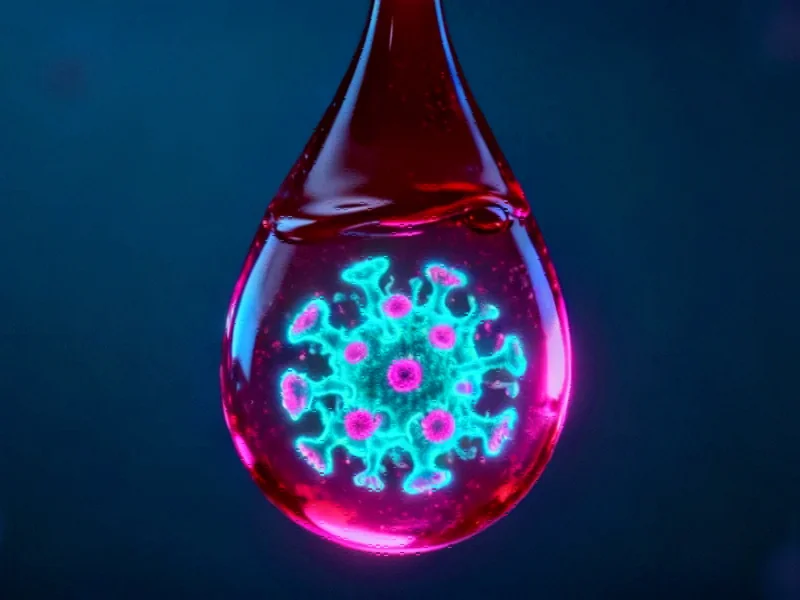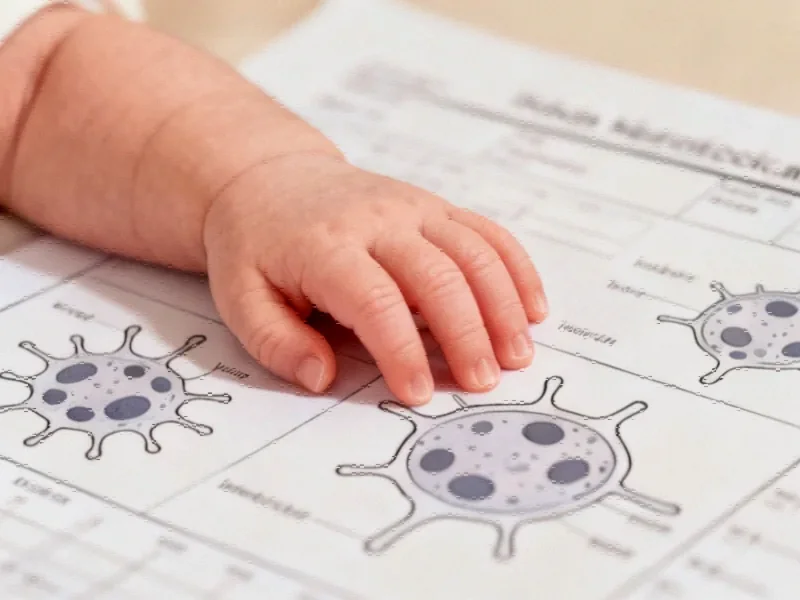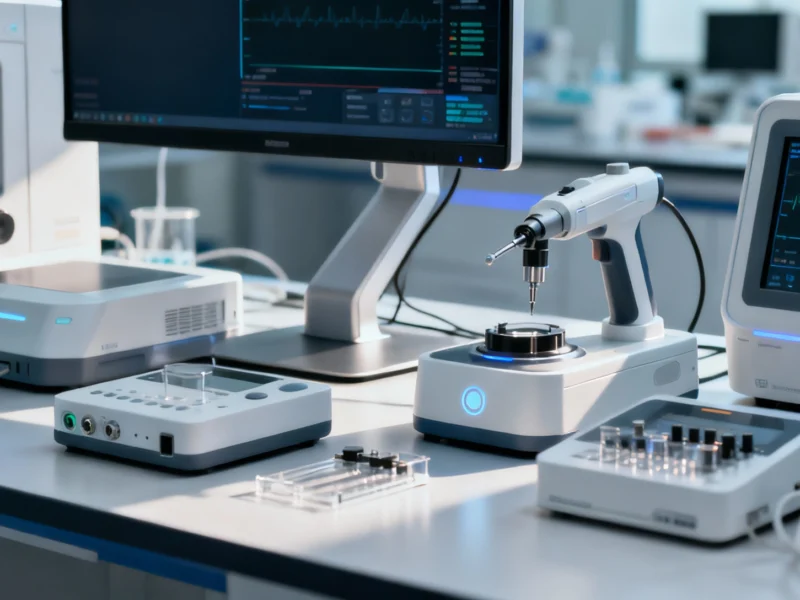Transformative Approach to Cancer Detection
A groundbreaking blood test that can identify more than 50 different cancer types has demonstrated remarkable potential in one of the largest interventional screening studies ever conducted. The PATHFINDER 2 trial results for the Galleri multi-cancer early detection (MCED) test revealed a dramatic seven-fold increase in cancer detection rates when used alongside standard screening protocols. This represents a significant advancement in medical diagnostics that could reshape how we approach cancer screening worldwide.
Unprecedented Detection Capabilities
Presented at the European Society for Medical Oncology Congress 2025, the findings showed that over half of the cancers detected were in early stages (I or II), when treatment is most effective. Perhaps even more impactful, approximately 75% of the detected cancers currently lack standard screening methods – including pancreatic, liver, ovarian, and stomach cancers, which are often diagnosed at advanced stages with poor outcomes.
Dr. Josh Ofman, President of GRAIL, Inc., emphasized the significance: “Cancer is the second leading cause of death worldwide as most deadly cancers are found too late. Adding Galleri to recommended screening yielded a more than seven-fold increase in the cancer detection rate, and more than half of the Galleri-detected new cancers were found in early stages.”
Global Implementation and NHS Initiative
The UK’s National Health Service has launched one of the world’s most ambitious screening studies, enrolling more than 140,000 participants in the Galleri trial. Topline results are anticipated next year, with potential expansion to an additional one million people if the data confirms earlier U.S. findings. This could establish the first national MCED screening program globally, representing a major shift in public health strategy.
Sir Harpal Kumar, President of Biopharma at GRAIL, told BBC Radio 4: “The vast majority of people who die from cancer do so because we find their cancers too late. The aim is to shift to earlier detection, when we have the chance to use treatments that are much more effective and potentially curative.”
Technological Innovation Behind the Test
Unlike traditional diagnostics that target specific cancers, Galleri analyzes cell-free DNA fragments that tumors shed into the bloodstream, identifying distinctive chemical methylation patterns that signal cancer presence. The test boasts exceptional accuracy with 99.6% specificity (just 0.4% false positive rate) and a positive predictive value of approximately 62%. Additionally, it correctly identifies the cancer’s origin in 92% of cases, enabling targeted diagnostic follow-up.
This revolutionary approach to healthcare technology represents a significant leap forward in diagnostic capabilities. As researchers continue to refine these methods, we’re seeing similar innovations in detection technology across various scientific fields.
Economic and Healthcare System Implications
The potential impact extends beyond medical outcomes to economic considerations. Current cancer screening programs cover only a limited number of cancer types, while approximately 70% of cancer deaths originate from cancers with no standard screening. Late-stage cancer treatments typically cost multiple times more than early interventions, creating substantial financial burdens on healthcare systems.
Dr. Nima Nabavizadeh of Oregon Health & Science University, who co-led the PATHFINDER 2 study, noted: “Galleri could fundamentally change our approach to cancer screening, helping to detect many types of cancer earlier, when the chance of successful treatment or even cure are the greatest.”
Security and Implementation Considerations
As healthcare systems integrate advanced diagnostic technologies like Galleri, ensuring proper implementation becomes crucial. The move toward more sophisticated medical technologies parallels broader security considerations in technology implementation across industries. Similarly, the financial aspects of rolling out such programs require careful planning, much like strategic financial planning in other sectors.
Industry Context and Future Directions
The development of Galleri traces back to 2015, when Illumina, Inc. discovered that non-invasive prenatal tests were detecting cancer DNA signals in pregnant women. This led to the creation of GRAIL in 2016 with the mission to develop the “holy grail” of early cancer detection. The company launched Galleri commercially in 2021 after extensive research and development.
The broader technological transitions occurring across multiple industries demonstrate how innovation often faces implementation challenges. Similarly, the medical field must navigate the complexities of integrating new screening technologies into existing healthcare frameworks.
Validation and Next Steps
While the initial results are promising, researchers emphasize that the ultimate validation will come from randomized studies measuring mortality reduction. Professor Clare Turnbull of The Institute of Cancer Research highlighted: “Data from randomized studies, with mortality as an endpoint, will be absolutely essential to establish whether seemingly earlier-stage detection by Galleri translates into benefits in mortality.”
The momentum behind MCED testing continues to build, with U.S. and UK trials progressing toward regulatory review and potential population-wide implementation. As this technology evolves, it’s part of broader industry developments in advanced diagnostics and treatment approaches. The field continues to see related innovations that complement these diagnostic advances.
Broader Impact on Healthcare
The potential of multi-cancer early detection extends beyond individual patient outcomes to population health management. By identifying cancers earlier across dozens of cancer types, healthcare systems could fundamentally shift from late-stage treatment to early intervention strategies. This aligns with the most promising advancements in medical screening that prioritize prevention and early detection.
As the technology continues to demonstrate its capabilities, the medical community remains cautiously optimistic about its potential to transform cancer care globally. The coming years will be critical in determining how this innovative approach integrates into standard medical practice and whether it delivers on its promise to reduce cancer mortality rates significantly.
This article aggregates information from publicly available sources. All trademarks and copyrights belong to their respective owners.
Note: Featured image is for illustrative purposes only and does not represent any specific product, service, or entity mentioned in this article.



